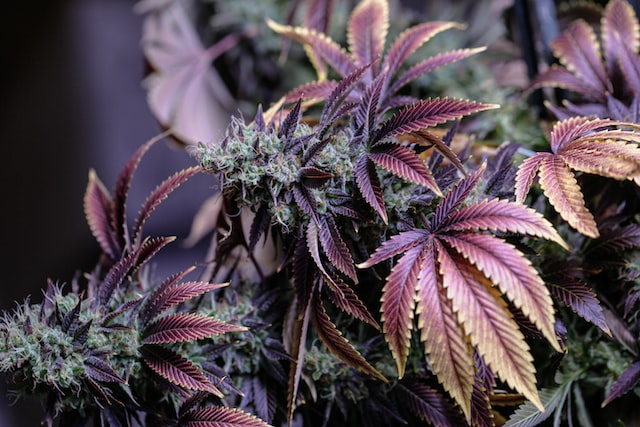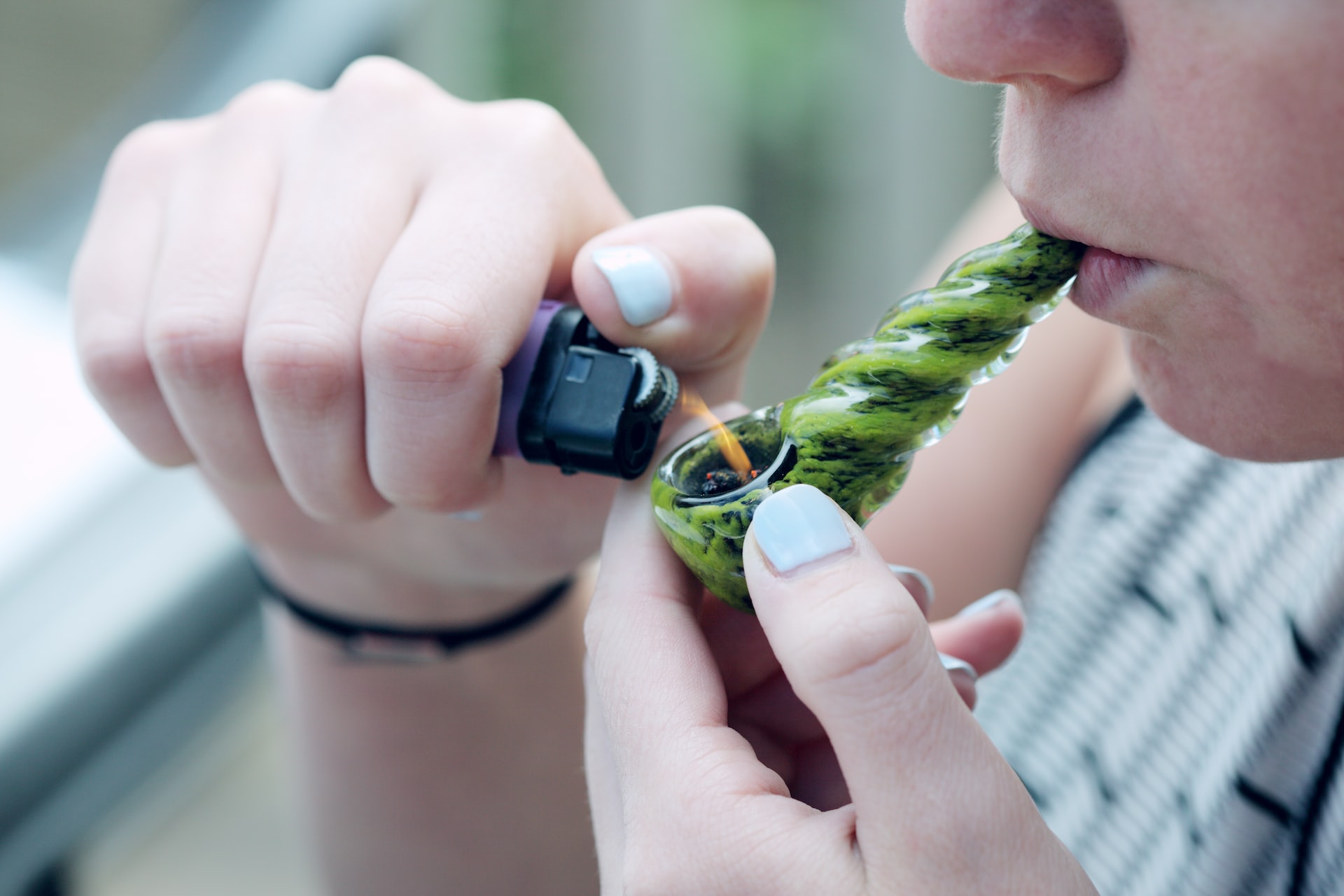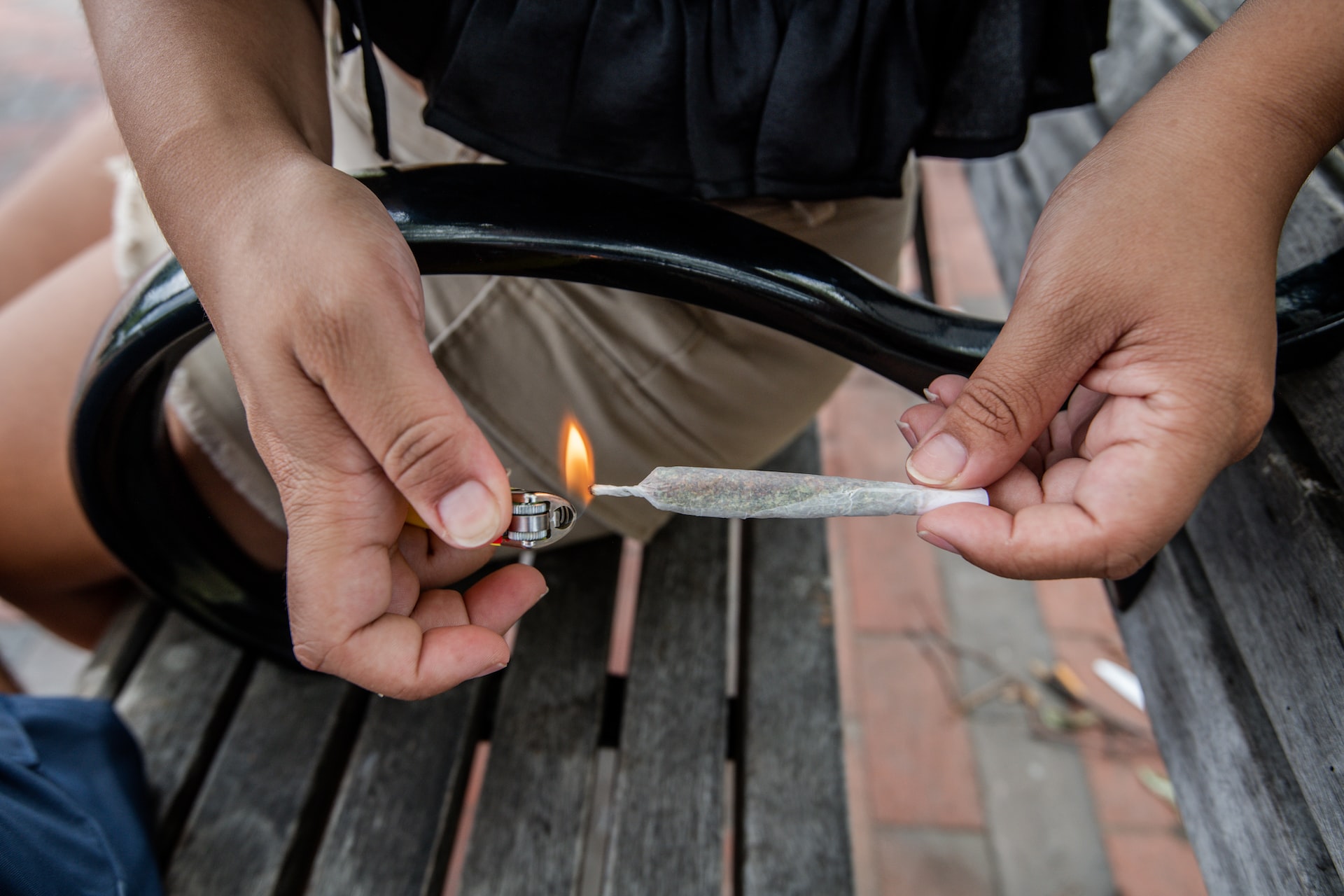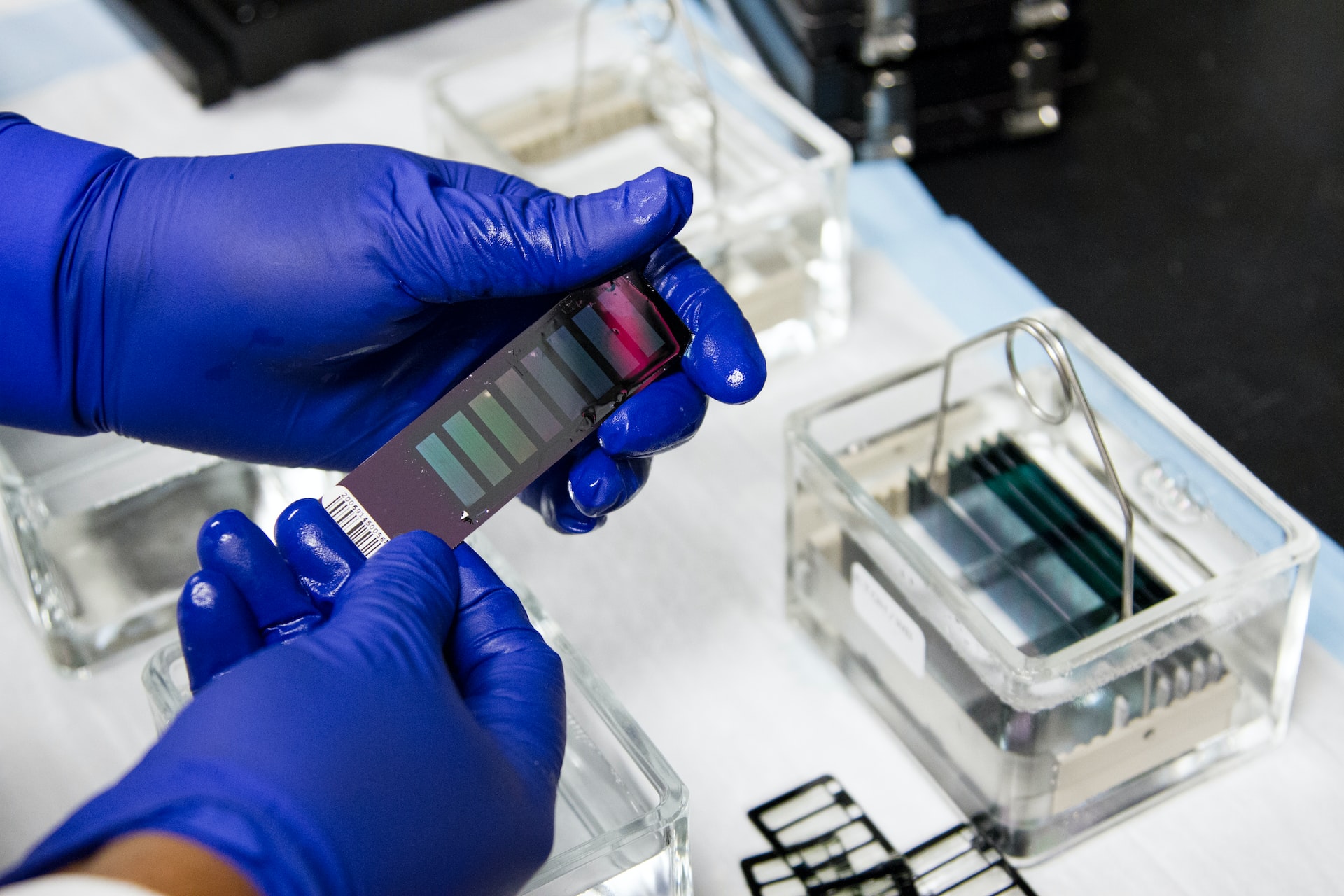Evaluating and Prescribing
Strong customer requests have led to medicinal cannabis being utilized on a large scale in treating various ailments or patients with poor symptoms. Medicinal cannabis prescriptions demand approval from the TGA through the Special Access Scheme (SAS), indicating the procedure is somewhat different from recommending other common medicines.
Indications and Clinical Justification
An application or a form to recommend medicinal cannabis can be submitted for any chronic condition that has remained for an extended period or longer and has not responded well to regular medical treatment or has prompted adverse side effects.










